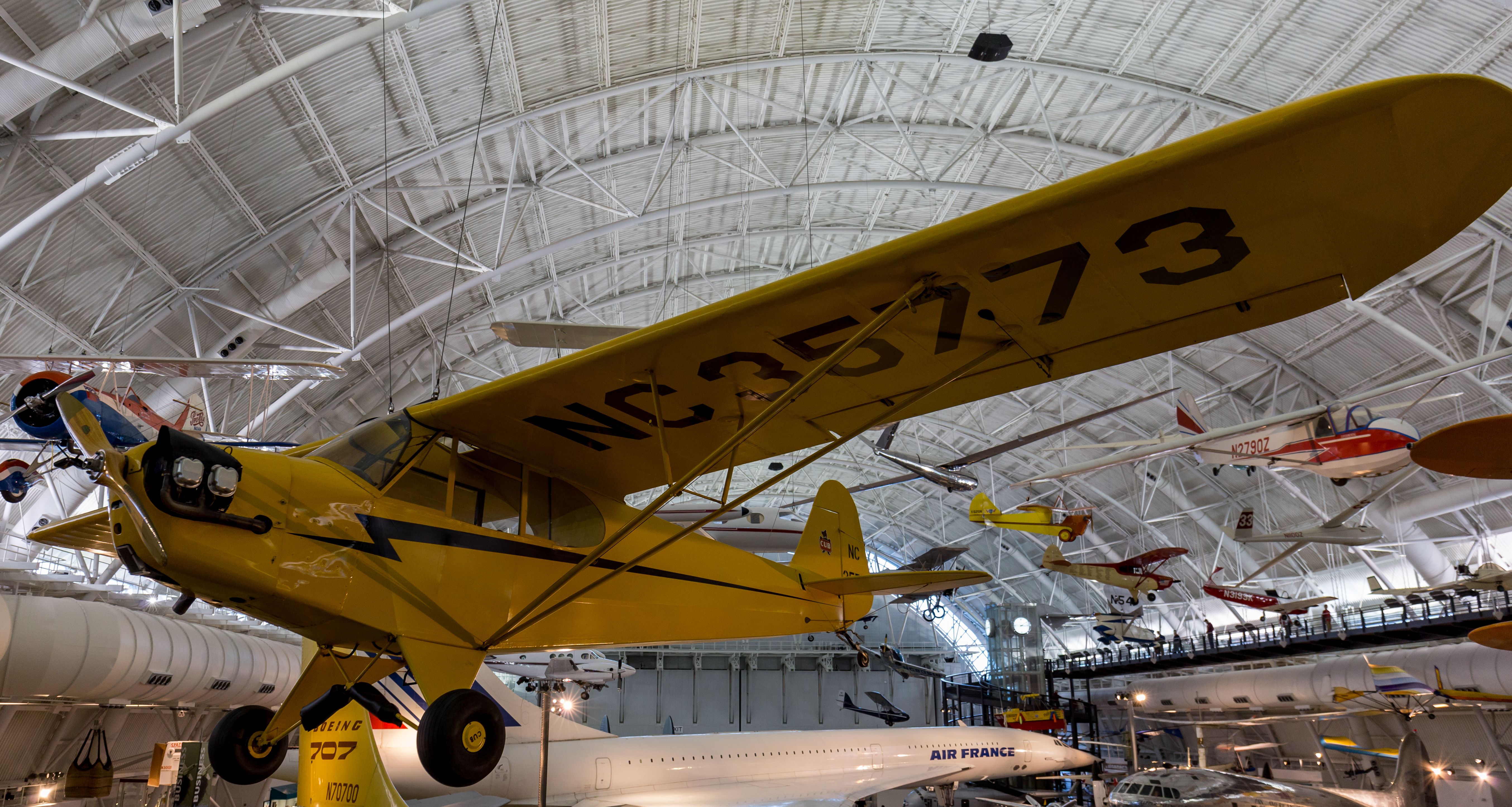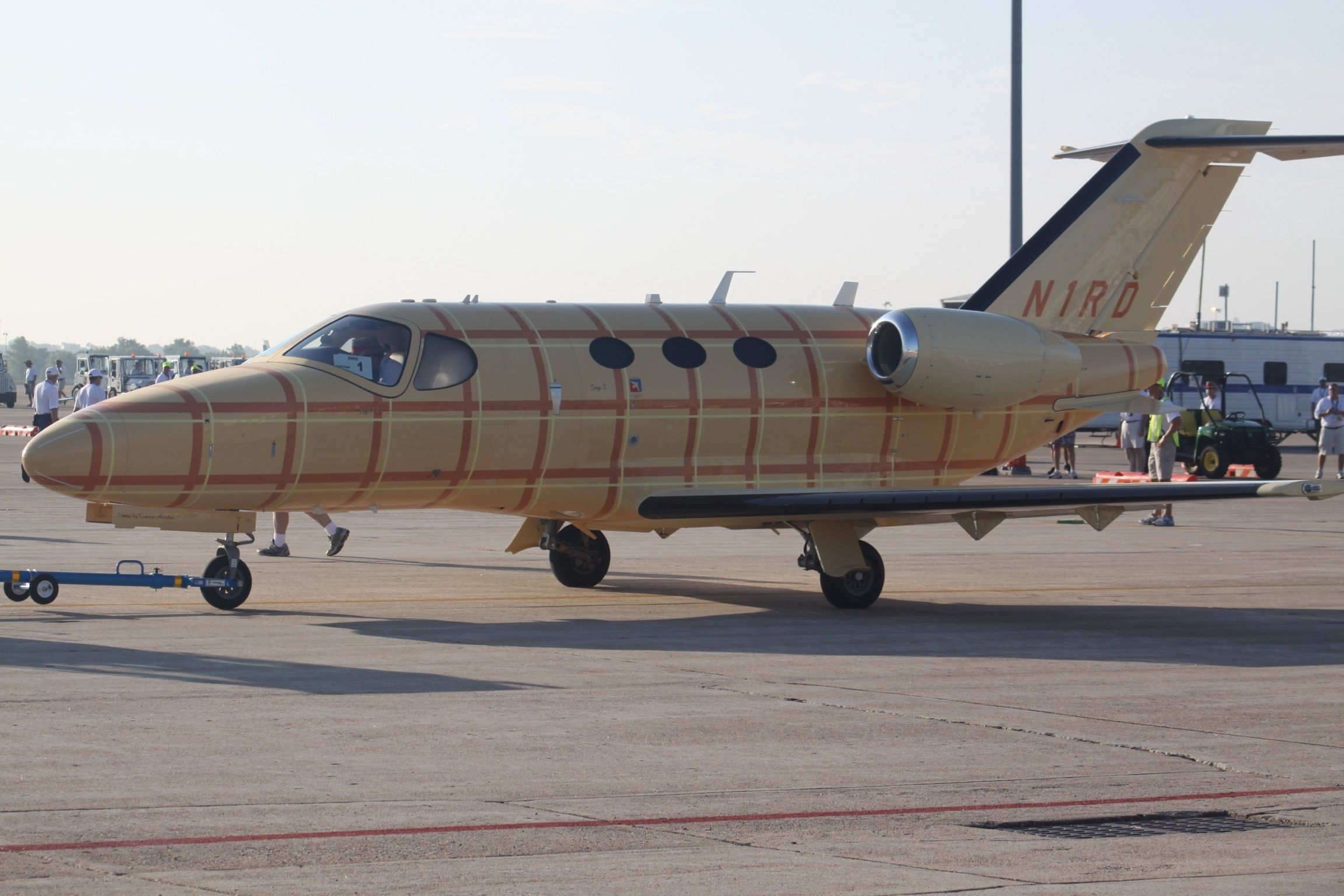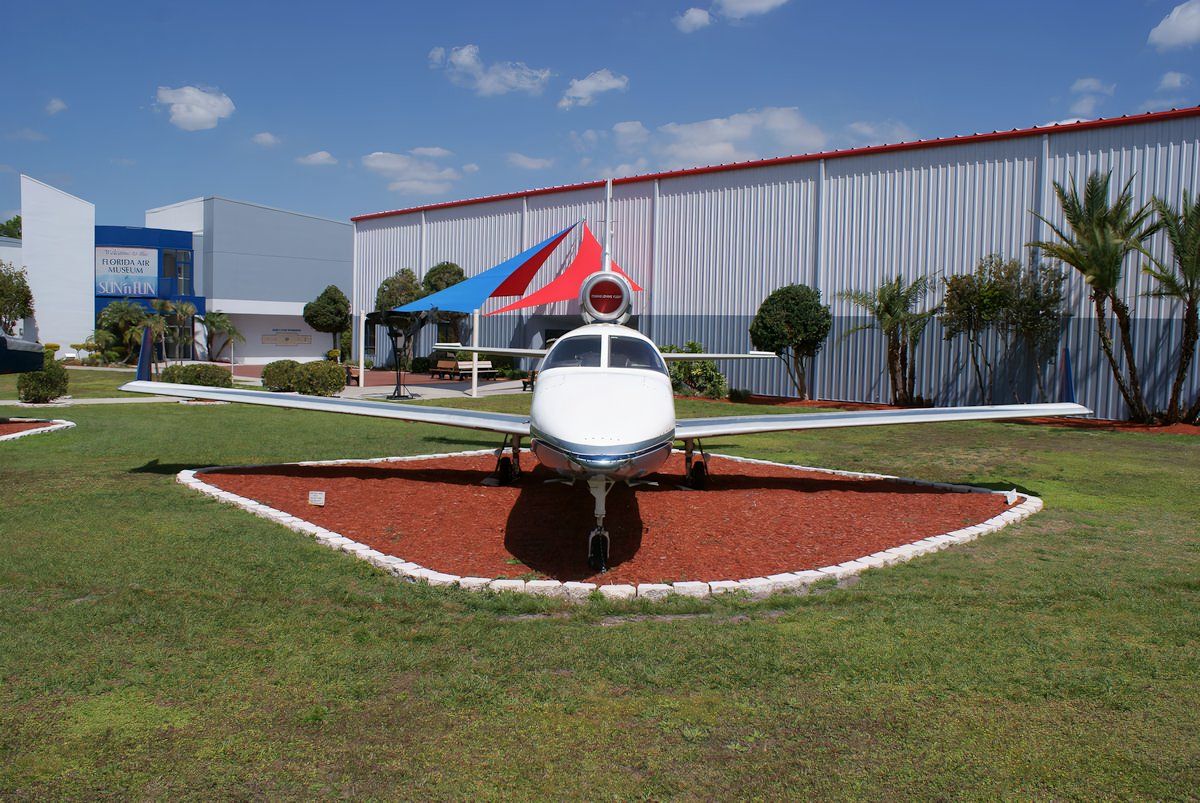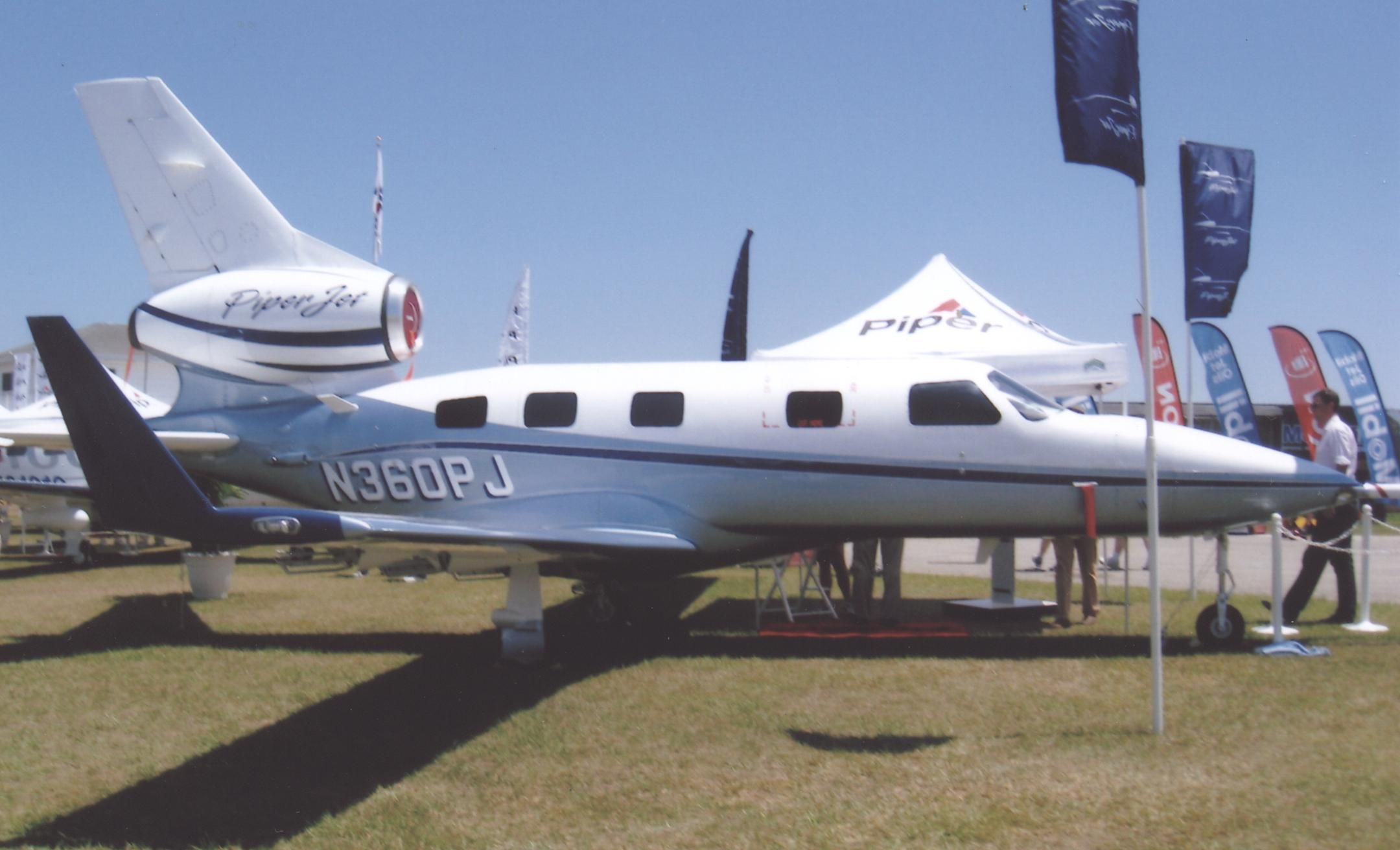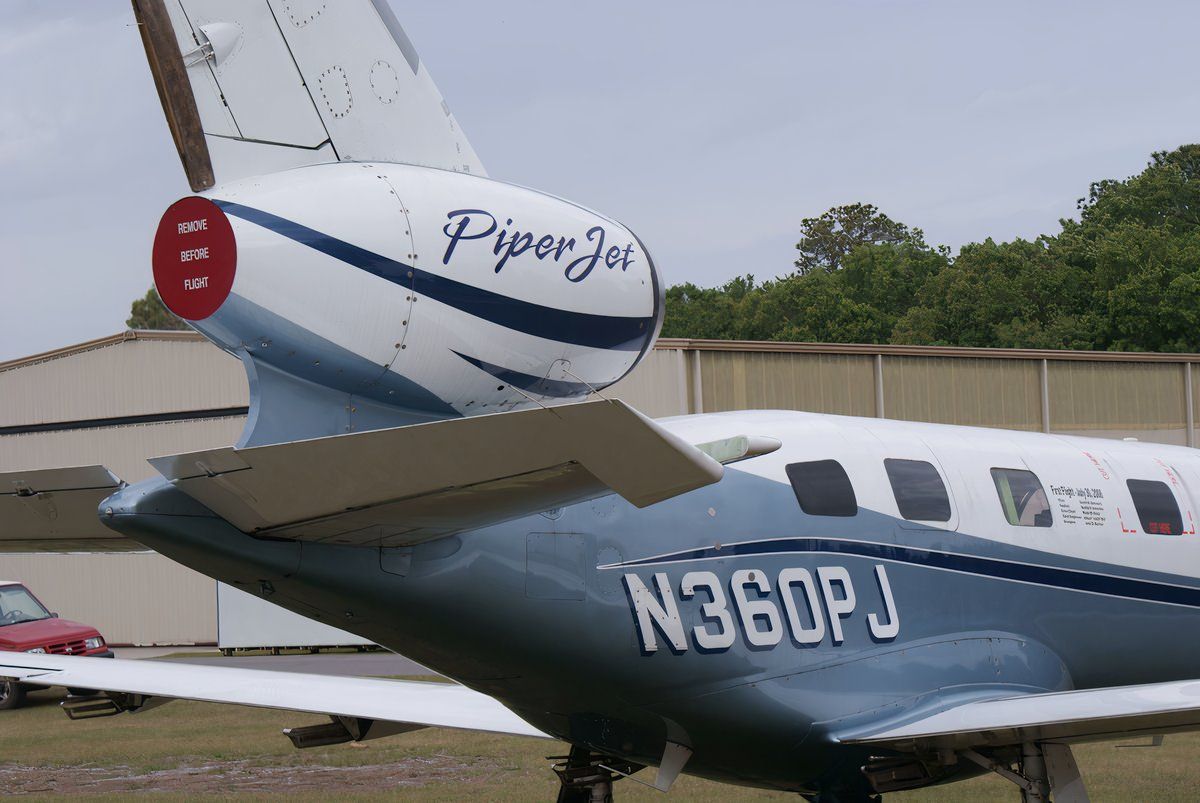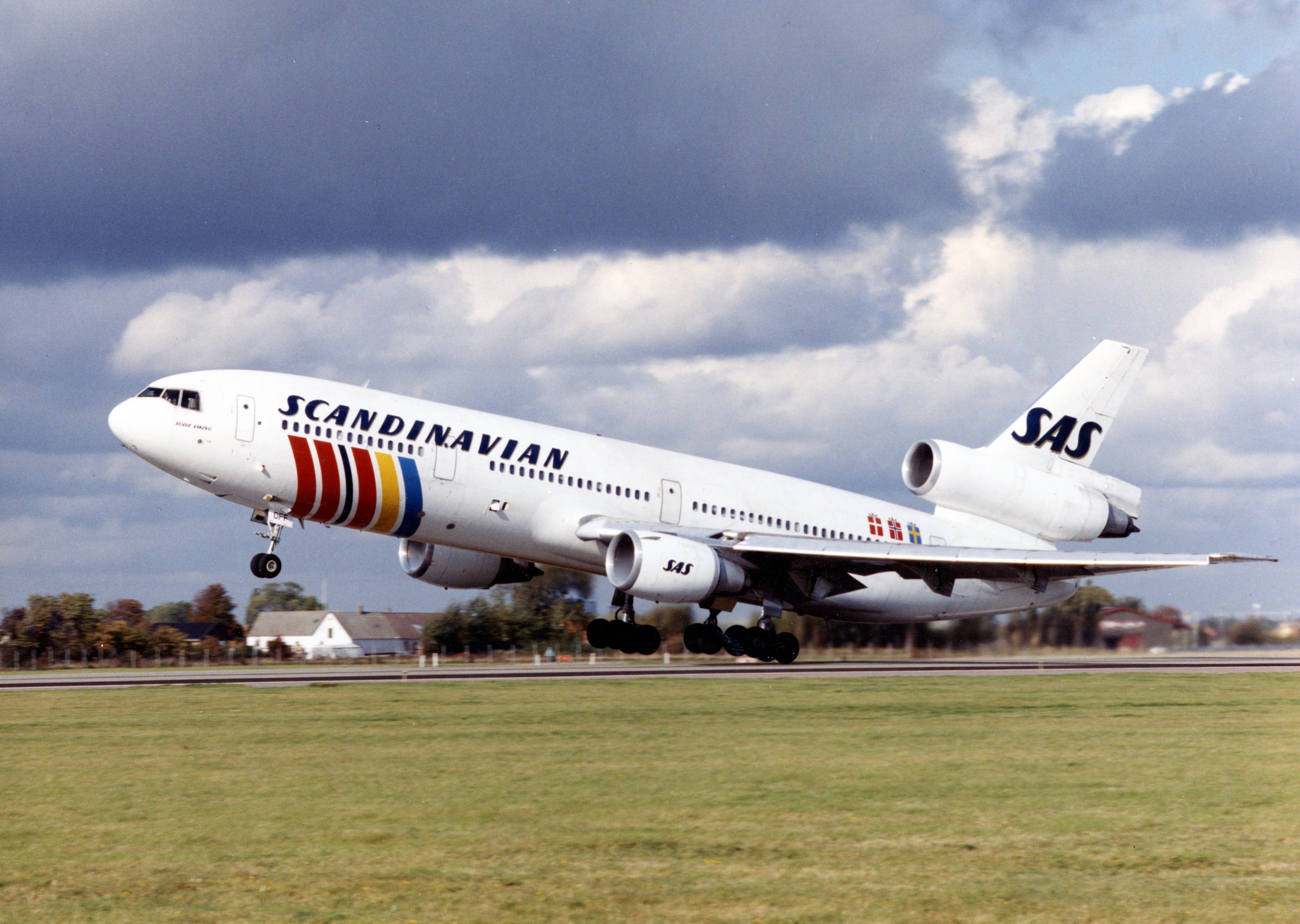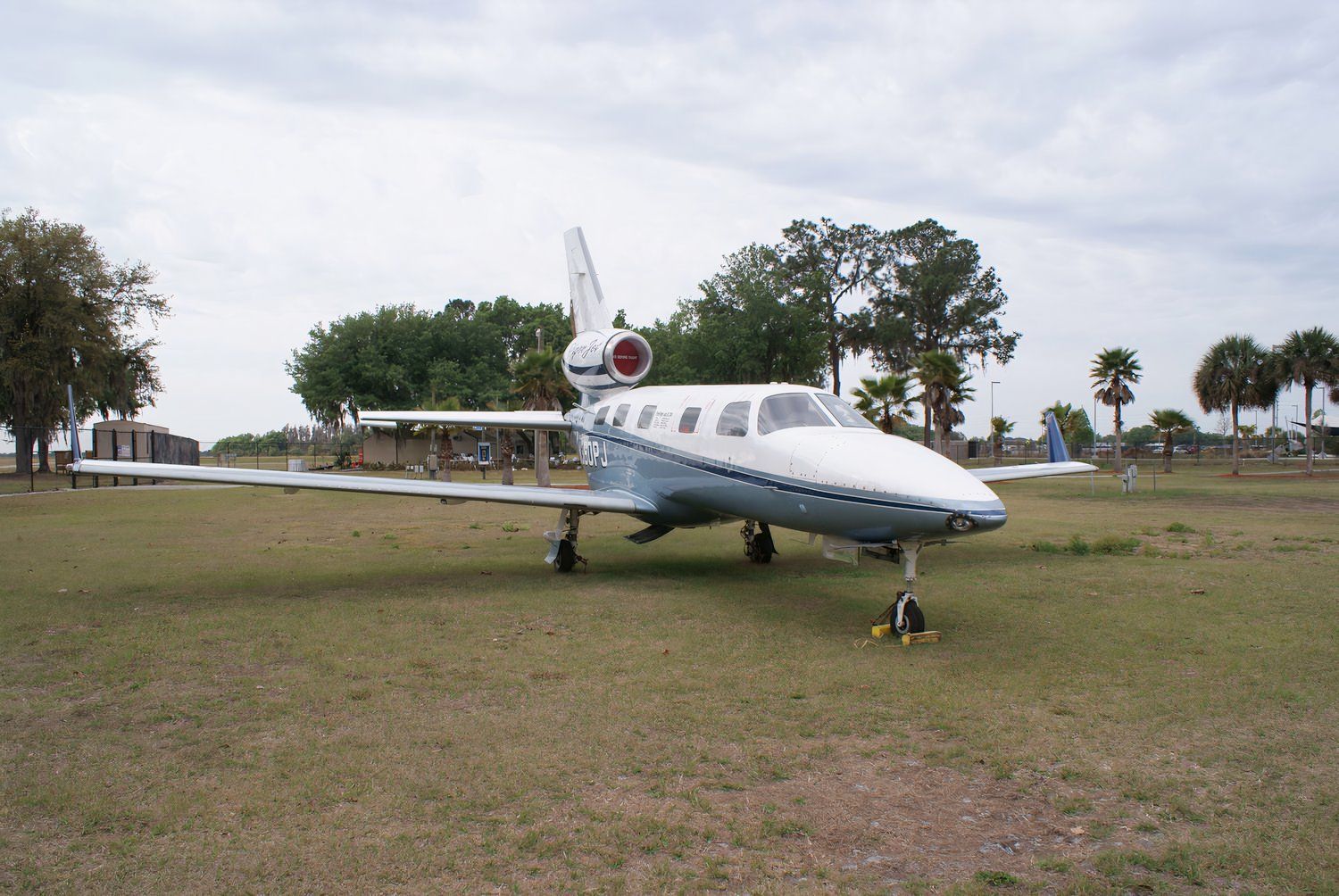The Piper PA-47 PiperJet, an ambitious project from the renowned aircraft manufacturer Piper Aircraft, stands as a testament to how the evolution of the very light business jet design has evolved and how the business aviation market has evolved. Announced in the mid-2000s, the PiperJet was intended to be a game-changer in the field of light jets, combining a reduction in maintenance costs, an increase in efficiency, and targeted affordability.
The single-engine of the PiperJet is a unique concept, especially when placed in the vertical stabilizer like Piper designed. Unfortunately, Piper could never quite make the design work and would shelve the project to focus on more of the tried-and-true designs of their propeller-driven aircraft, like the Piper Seminole. Read on to find out more about the design, the features, the capabilities, and the legacy of the Piper PA-47 PiperJet.
The history behind the Piper PA-47 PiperJet
Since its founding, Piper Aircraft has been a prominent name in the aviation industry. It is best known for producing light aircraft, like the venerable Piper Cub. However, the transition to developing a light jet came as the demand for personal and business aviation soared. The early 21st century saw a significant rise in the emergence of VLJs (Very Light Jets) and light jets, creating a niche that Piper aimed to fill with the PiperJet.
The PiperJet was first introduced to the world of aviation by Piper Aircraft in the mid-2000s. Piper had intended to try and carve out a share of the very light business jet market and would try and add its own twist to it as well. Piper decided to try a different approach to stand out against the other small business jets in the VLJ market. Instead of a twin-engine jet like its expected competitors, like the Cessna Citation Mustang or the Eclipse 500, Piper would halve the number of engines down to one. But where to stick it?
Piper would design the PiperJet to have its lone engine in the vertical stabilizer of its empennage, with the majority of the stabilizer placed above the engine. Piper began testing the new design shortly after its announcement and received about 180 pre-orders for the aircraft, with theoriginal pricing of around $2.2 million per unit. As Piper continued testing the new aircraft, the company began to pivot and change the direction of the aircraft development program. After the company changed ownership (to the Sultan of Brunei, surprisingly), the PiperJet would transition in a new designation: the Piper Altaire.
Transforming the PiperJet into the Altaire
Piper changed its design goals of the PiperJet, retaining the unique design of the tail-mounted single engine, but it would spend effort to resize the airplane to fit a larger cabin. Different controls in the cockpit and the stretched cabin would be the primary differences between the PiperJet and the Altaire, with the extra space yielding an additional seat in the Altaire.
Piper allowed the original 18 pre-order customers to retain their original $2.2 million price points, but eventually the program would be canceled by the company in the early 2010s. Unfortunately, Piper could not make the PiperJet nor the Altaire work in the market conditions at the time.
The design of the PiperJet
The PiperJet looks like a normal very light business jet from the vertical stabilizer down. The jet was designed with a conventional low-wing layout, with winglets on each side in an effort to improve efficiency and accommodate smaller spaces. The airframe itself was more conventional in nature, with the only special characteristic being the location of the engine placement. The design of the plane was also sized to accommodate around six passengers in total. See some of the general specifications of the airplane below:
- Wingspan: 44 ft 3 in (13.49 m)
- Height: 15 ft 8 in (4.78 m)
- Length: 35 ft 8 in (10.87 m)
Photo: Eclipse Aerospace
How the plane performed
While there was a prototype of the PiperJet that was built and flight tested, some of the performance characteristics are still only estimated. While the design of the jet was aimed at reducing the overall costs of the airplane, Piper did its best to ensure that the aircraft could perform against its competition. The single Williams FJ44-3AP turbofan engine could push the PiperJet up to 360 knots (410 miles per hour), just a little bit shorter than aircraft like the twin-engine
Eclipse 500
, whose top speed was 370 knots (425 miles per hour). Piper also set ambitious targets for the distance it could travel and the height it could do it at. These targets were:
- Maximum Range: 1,300 nautical miles (1,500 statute miles / 2,400 km)
- Maximum cruising altitude: 35,000 feet (11,000 m)

Related
Why Did Eclipse Aviation Fail?
A look at why the aircraft manufacturer Eclipse went out of business.
A funky engine design
The single engine on the PiperJet was a standard engine, the Williams International Williams FJ44-3AP turbofan, rated at 2,820 lbf (12.5 kN) of maximum thrust. Though the PiperJet’s most obvious quirk is where that engine was located: right in the middle of the vertical stabilizer. Piper’s intentions behind the single engine were to reduce maintenance and fuel costs. The idea was to halve the engines and halve the maintenance and fuel costs and offset a good chunk of the purchase price compared to the competition (or at least so they thought). This design would make the PiperJet look like the small child of McDonnell Douglas’s DC-10 (less two engines).
The design of the engine would lead Piper to some problems. The high engine placement meant that the thrust of the engine would be above the center of lift of the aircraft, much higher than other more conventional business jet designs. This would lead to the aircraft pitching up anytime the airplane would throttle power back and pitching down during any increase in throttle power. Piper tried to counteract this adverse action by directly tying the horizontal stabilizer to the thrust levels made by the pilots. Throttling up and throttling down would lead the horizontal stabilizer to trim itself in the opposite direction in order to level the pitch of the airplane.
Eventually, the engine manufacturer, Williams International, would get involved. The complexity of counteracting the engine thrust with flight control surfaces would be replaced by a thrust vectoring system developed by Williams International. Normally, when an engine is mounted in the vertical stabilizer, an S-shaped inlet duct is used to direct the thrust of the engine more into the centerline of the aircraft. Piper could not do this due to the size of the aircraft, so WIlliams International would do the next best thing: thrust vectoring.
Williams International developed a passive nozzle (meaning no additional moving parts) that relied on the Coandă effect (the same effect that keeps airflow over a wing to “stick” to its surface) to naturally vector more thrust away from centerline at lower speeds where the pitching was more pronounced. At high speeds, it had been calculated that the new nozzle would only decrease thrust by 2.2 percent. This ingenious design would allow the PiperJet to reliably move forward in its development program.
The legacy of the PiperJet
The Piper PA-47 PiperJet aimed to compete against established light jets such as the Cessna Citation series and the Embraer Phenom. Targeting cost-sensitive buyers, its development sought to differentiate itself not only through price but also through operational efficiency and reduced maintenance costs. While the single engine of the PiperJet would have undoubtedly slashed maintenance and fuel costs, it unfortunately did not reduce the costs of the jet enough compared to the rest of the market. With comparable very light jets at the time hovering in price around $1.5 million to $3 million new, the $2.1 million price tag of the PiperJet could not be completely justified as low enough for the reduced performance.
Despite its promising concept, the Piper PA-47 PiperJet is now one of the many concept VLJ aircraft that have been shelved. The economic downturn of the late 2000s posed significant challenges for many aircraft manufacturers, including Piper, and so, after facing increased pressure within a quickly evolving market, Piper canceled the PiperJet/Altaire project.
The Piper PA-47 PiperJet aimed to provide a cost-effective solution for personal and business flying while introducing a unique design concept. While the PiperJet never reached production, it represented a significant step in Piper Aircraft’s evolution and showcased the potential for innovation within the light jet segment, ultimately highlighting the difficulties faced by many manufacturers when branching out into new products and developing experimental aircraft. While the PiperJet may have never come to fruition, its legacy still lives on through the other exceptional aircraft Piper manufactures and other single-engine very light business jets like the Cirrus Vision Jet.
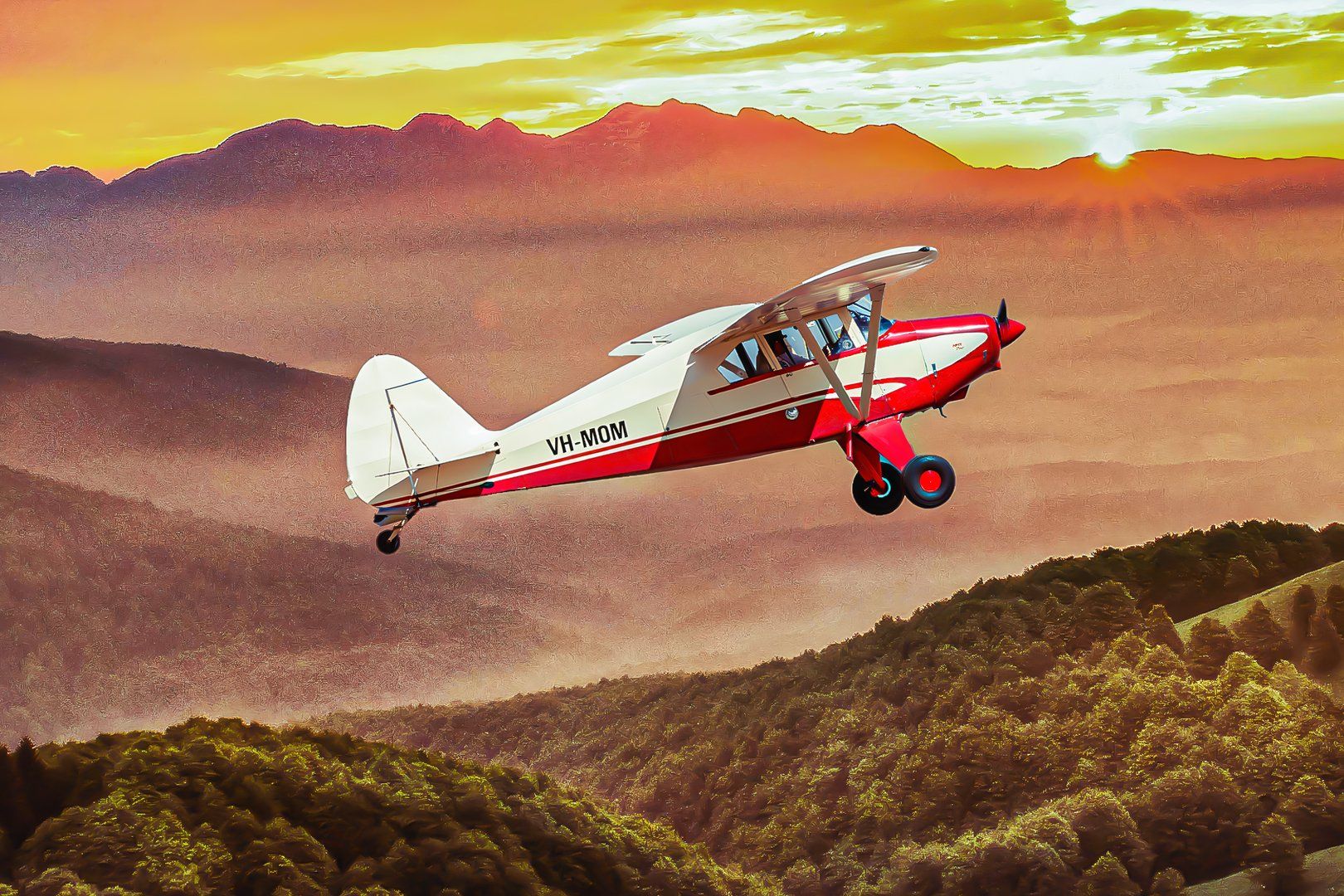
Related
Upgraded Piper Clipper: A Look At The PA-20 Pacer
The PA-20 was an early general aviation aircraft and trainer from Piper, soon improved with the PA-22.


